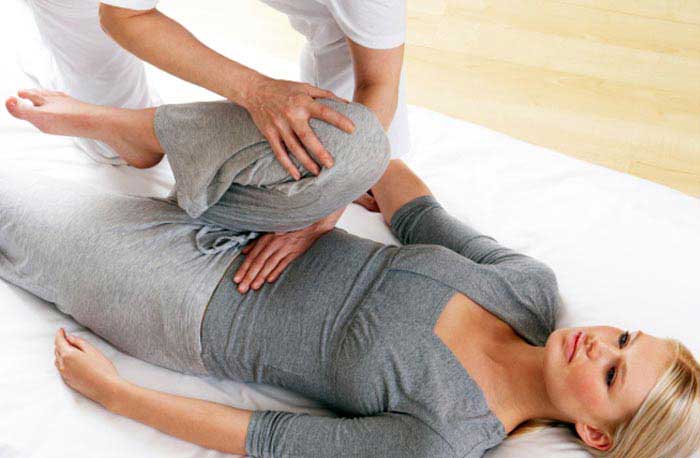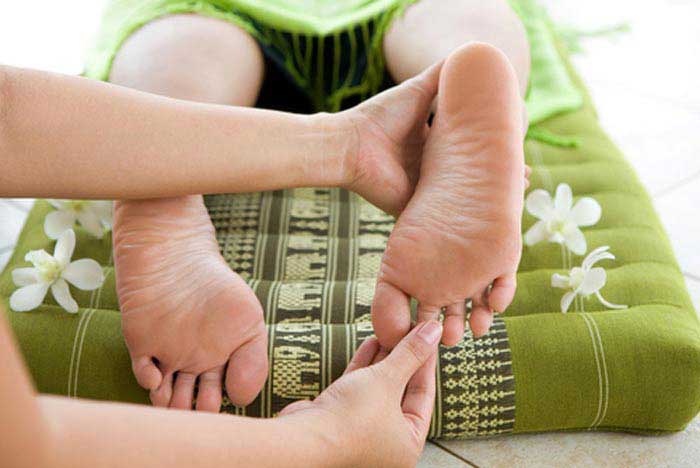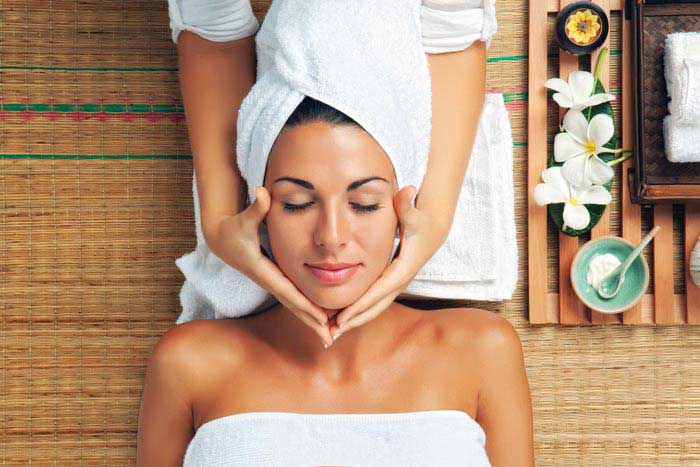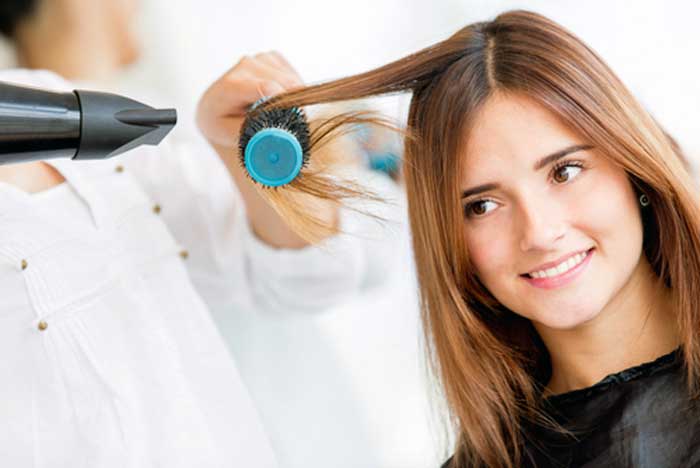Shiatsu is a type of massage therapy that was primarily developed in Japan. With its name derived from the Japanese term for "finger pressure," it involves applying pressure to specific points on the body. While shiatsu has roots in traditional Chinese medicine
Uses for Shiatsu
Shiatsu is often used to relieve stress and protect against stress-related health issues.
In addition, shiatsu is said to aid in the treatment of the following health problems: anxiety, arthritis, asthma, back pain, bronchitis, colds, constipation, coughs, depression, headache, insomnia, menstrual problems, migraine, neck and shoulder pain, premenstrual syndrome, sciatica, and sinus problems.
Shiatsu is also said to increase energy, promote recovery from injuries, and stimulate the digestive system.
What Does Shiatsu Feel Like?
When performing shiatsu, massage therapists use their fingers, thumbs, and/or palms in a continuous rhythmic sequence. The finger pads are used to apply pressure throughout the treatment, and each point is typically held for two to eight seconds.
In some cases, the pressure points stimulated during shiatsu may feel tender. Those receiving shiatsu often describe this tenderness as "good pain," but it's important to alert your therapist if you feel discomfort or pain during your massage. Your therapist can then adjust the pressure to make the massage more comfortable for you.
Healing power
Based on traditional 3500-year-old oriental medical wisdom developed in Japan, Shiatsu is a holistic healing art that incorporates the principles of anatomy, physiology and pathology. This alternative medicine consists of finger pressure, stretches and other massage techniques.
According to Chinese traditional medicine, energy – known as chi or qi – moves through the body in well-defined channels or pathways known as meridians. Each meridian line is connected to an internal organ and carries the energy of that organ's optimum functioning. Shitsu practitioners believe energy flow through Meridian Lines has an important influence on the health of the individual.
Like most natural therapies, shiatsu believes that the body is a self-healing organism. Therefore, therapists believe that the manual manipulation of that vital energy called qi can help to unblock the body and thus help the body heal itself.
Imbalance in the energy system, which means too little or too much chi, can cause many sicknesses depending on which meridians are affected. In this scenario, the practitioner treats the receiver to restore balance in the energy system.
By addressing physical and psychological functions with this dynamic body therapy, the practitioner is able to address and balance the underlying causes of a condition.
Even though the word shiatsu translates from Japanese as "finger pressure", in reality, the thumbs, palms, elbows, knees and feet are used to apply pressure to various parts of the body. Depending on the condition being treated, the pressure can be gentle or firm.
Some of the benefits of this treatment include stimulating circulation and the flow of lymphatic fluid, it also works on the autonomic nervous system, helps to release toxins and deep-seated tension form the muscles and can also stimulate the hormonal system. Likewise, shiatsu allows the receiver to deeply relax, stimulating the body's inherent ability for self-healing and regeneration.




